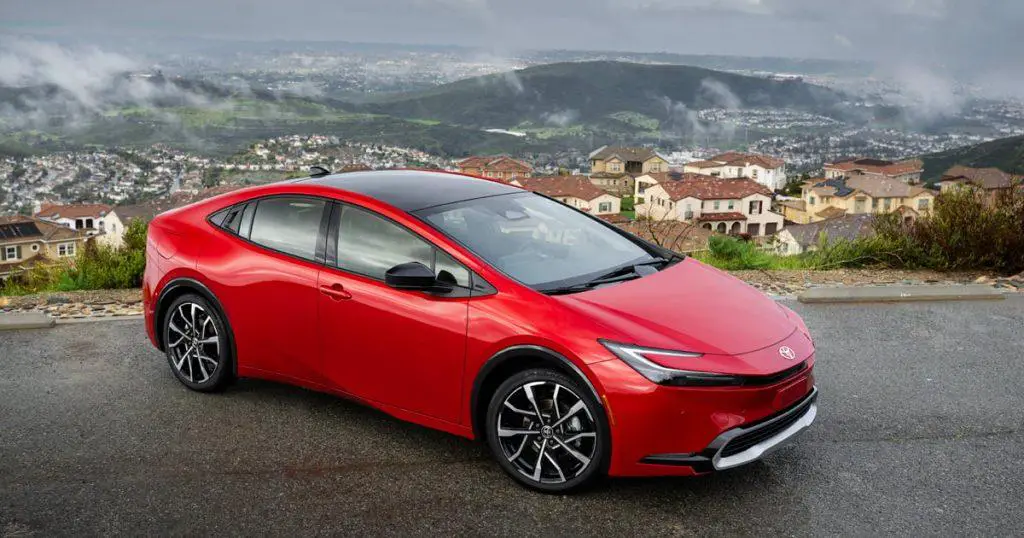
Differences: the automotive industry has undergone a significant transformation in recent years with the emergence of various types of electric vehicles (EVs). Three popular categories that have gained prominence are hybrid vehicles, pure electric vehicles (EVs), and range-extended electric vehicles (REEVs). Each of these categories has distinct characteristics and benefits, catering to different preferences and driving needs.
1. Hybrid Vehicles (HEVs)
Powertrain: Hybrid vehicles are equipped with both an internal combustion engine (ICE) and an electric motor. These two power sources work in tandem to propel the vehicle.

Operation: HEVs operate by using the electric motor at lower speeds and during light driving conditions, such as city driving. The petrol or diesel engine kicks in when more power is required, such as during highway driving or rapid acceleration.
Advantages of Hybrid vehicles
| Improved Fuel Efficiency: | HEVs are known for their enhanced fuel economy, making them a greener alternative to traditional ICE vehicles. |
| Reduced Emissions: | Their ability to run on electric power part-time results in lower emissions and reduced environmental impact. |
| No Charging Required: | HEVs do not need to be plugged in for charging since their batteries are charged through regenerative braking and the engine. |
2. Pure Electric Vehicles (EVs) differences
Powertrain: EVs rely solely on electric power for propulsion. They are equipped with an electric motor and a high-capacity battery pack.
Operation: EVs are charged by plugging them into an electric power source, such as a charging station or a regular household outlet. They run entirely on electricity, producing zero exhaust emissions.
Advantages of Pure Electric vehicles
- Zero Emissions: EVs are the most environmentally friendly option, producing no exhaust emissions and contributing to improved air quality.
- Quiet and Smooth: Electric motors provide a quiet and smooth driving experience with instant torque.
- Lower Operating Costs: Electricity is generally cheaper than petrol or diesel fuel, resulting in lower operating costs.
3. Range-Extended Electric Vehicles (REEVs) Differences
Powertrain: REEVs combine the features of both HEVs and EVs. They have an electric motor, a large battery pack like pure EVs, and an additional power source, often an internal combustion engine or a fuel cell.
Operation: REEVs primarily operate on electricity, drawing power from their battery pack. When the battery’s state of charge (SoC) drops to a certain level, the auxiliary power source (e.g., petrol engine) activates to recharge the battery and extend the vehicle’s range.
Advantages of range-extended vehicles
- Extended Range: REEVs offer longer driving ranges compared to pure EVs, making them suitable for long trips without range anxiety.
- Lower Emissions: While REEVs may use fossil fuels to extend range, they emit fewer emissions than traditional ICE vehicles due to their electric drive component.
- Charging Flexibility: Drivers can rely on both the battery and the range extender, providing more flexibility in areas with limited charging infrastructure.
Choosing the Right Option
The choice between a hybrid, pure electric, or range-extended electric vehicle ultimately depends on individual driving habits, environmental concerns, and infrastructure availability. Here are some considerations to help make an informed decision:
| Hybrids: | Ideal for those who want improved fuel efficiency and reduced emissions without the need for frequent charging. |
| Pure EVs: | Suitable for daily commuters and eco-conscious individuals looking for zero-emission, quiet, and low-cost transportation. |
| REEVs: | A good compromise for those who want electric benefits but occasionally require longer ranges, such as for road trips. |
The automotive industry continues to innovate, and each EV category is advancing with improved technology and expanding options, offering consumers more choices to align with their preferences and sustainability goals.
There are many websites dealing mainly with what we see as expensive EVs. The prices often reflect the cost of the Lithium Ion batteries as generally the cars themselves are no more luxurious than their ICE counterparts. Many of these sites for the more expensive EVs are listed on the Feedspot website which deals not only with EVs but also with all kinds of blog posts.







